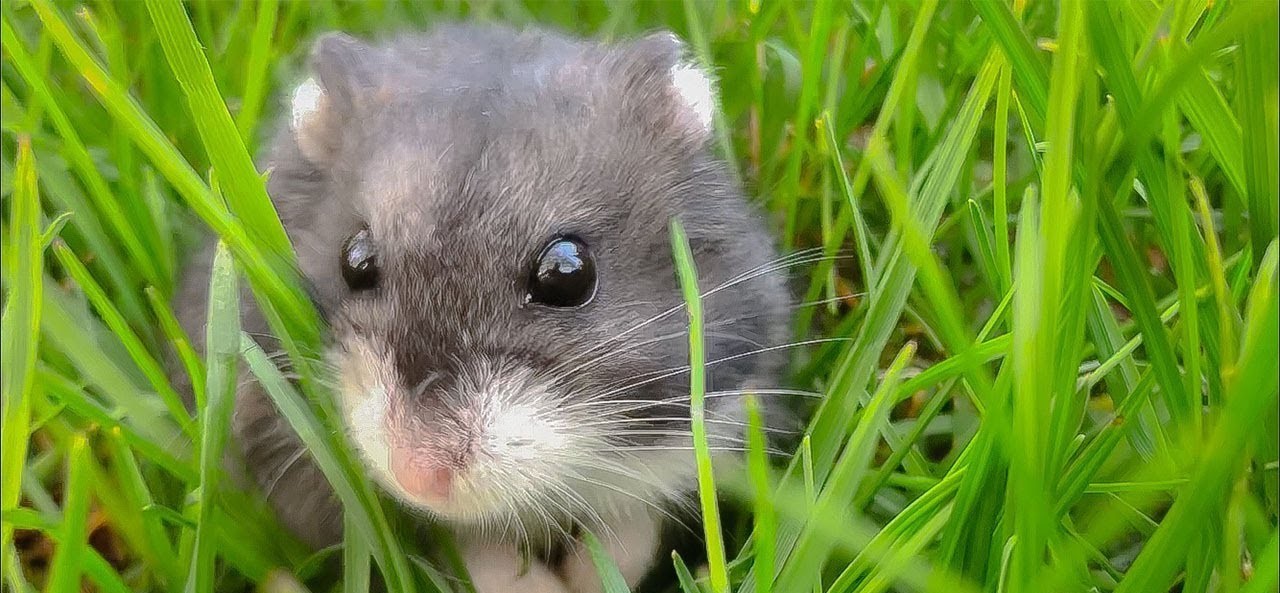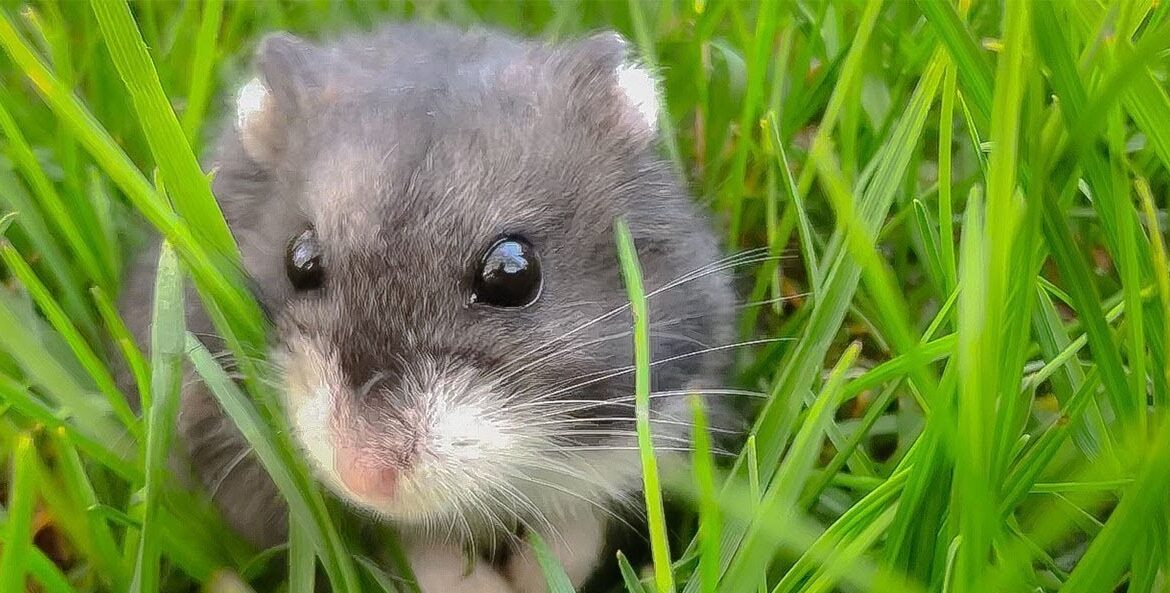Picture this – you’ve taken steps to humanely release a mouse outside your home, thinking your troubles are over. But the nagging question creeps in: will a mouse return indoors if given the chance? Surprisingly, the answer is often “yes,” due to their strong mouse homing instinct and resilient survival strategies. Understanding mouse release behaviour is crucial for homeowners in Victoria and beyond who want to ensure these uninvited guests don’t come back once they’re out.
Whether you’re curious about how far a mouse will travel or wondering why they might return, we’ll break it all down for you. Plus, we’ll highlight steps you can take to make sure they stay outdoors for good.
Will a Mouse Return Indoors?
The simple truth is that a released mouse can absolutely come back indoors, especially when conditions are convenient for them to do so. Mice have an extraordinary homing instinct and can retrace their steps to familiar areas, especially if your home continues to offer food, warmth, and safety. Studies have shown that mice have impressive spatial memory and can locate entry points they previously used, even if they are moved a significant distance.
Several factors increase the likelihood of a mouse’s return:
- Proximity of the Release Site: If the mouse is released too close to your home, it can easily find its way back. While the exact distance varies, moving them at least two kilometres from your home increases the likelihood they stay away.
- Unsealed Entry Points: Mice can squeeze through spaces as small as six millimetres. If those openings aren’t sealed, they’ll quickly find their way in.
- Scent Trails: Mice use scent markers to map their surroundings. That means hidden trails may literally lead them right back to your door.
- Familiar Comforts: If your home has been a reliable source of food or nesting material, it becomes a beacon for their return.
We see this scenario time and time again in homes across Victoria. A property near bustling areas like Fisherman’s Wharf with its abundance of food sources is especially attractive for mice. Even if released in a park or green space, their homing instinct and survival skills shouldn’t be underestimated.
Mouse Release Behaviour
To understand why released mice might return, we need to look at their natural behaviours. Mice are remarkably resourceful and equipped with skills that help them thrive in almost any environment. Some notable behaviours and traits include:
- Navigation and Memory: Using their olfactory system and whiskers, mice create detailed maps of their surroundings. This means even after being displaced, they can retrace paths back to known entry points.
- Nest Building: Mice are driven by a need for safe nesting spots. If they’ve found a hidden nest in your attic or basement previously, they may attempt to reclaim it.
- Exploratory Nature: Mice are curious and constantly explore new areas in search of food. Unfortunately, this means they often venture right back into human homes.
- High Survival Instincts: With short lifespans, survival is a top priority for mice. A warm, food-rich home is hard for them to forget, so they’ll work tirelessly to re-enter.
By understanding these behaviours, you’ll be better equipped to deter them from making a second appearance.
Mouse Homing Instinct
The concept of the mouse homing instinct is fascinating and key to explaining why many home releases fail in keeping them out for good. Essentially, this instinct allows mice to:
- Orient Themselves using landmarks, scents, and spatial memory.
- Track Long Distances even if released far from their original location.
- Overcome Challenges such as obstacles or barriers in their path.
Mice can travel impressive distances for their size. Researchers have documented instances where mice returned from as far as three kilometres away! For homeowners near Victoria’s scenic suburban neighbourhoods surrounded by sprawling natural areas, this homing instinct means that releasing a mouse anywhere nearby might just bring it back to your doorstep.
Practical Tips to Keep a Released Mouse from Returning
It’s frustrating to handle a mouse problem only to have it reappear. But with a few proactive measures, you can disrupt their homing instinct and discourage repeat visits. Here’s what we recommend:
1. Seal Entry Points
Walk around your home and inspect for tiny cracks and gaps where a mouse might re-enter. Focus on areas around doors, windows, basements, and attics. Use heavy-duty materials like steel wool or caulking to block these openings.
2. Create Physical Barriers
Install door sweeps and cover vents with fine mesh screens. Ensure chimneys are properly capped.
3. Eliminate Attractants
- Store food in airtight containers.
- Clean crumbs and spills immediately.
- Dispose of garbage in sealed bins.
4. Clean Scent Trails
Mice rely on pheromones to guide themselves. Thoroughly clean areas where mice have been using enzyme-based cleaners to erase these trails. Pay extra attention to hidden corners where droppings or nesting material may remain.
5. Release Responsibly
If releasing a mouse outdoors, take it at least two kilometres away from your home. Choose an area that provides natural cover and resources, like wooded parks or fields. We find that this distance significantly reduces the chance of return.
6. Install One-Way Doors
If you suspect mice are still inside, use one-way doors that allow them to exit but block re-entry. This is a humane and effective way to encourage them to leave.
By taking these steps, you’ll make your home far less inviting and significantly reduce the chances of return visits.
When to Call for Professional Mouse Removal
While preventative measures and DIY solutions can be effective, there are situations where calling a professional mouse removal service is the best course of action. If you notice signs of a severe infestation, such as numerous droppings, chewed wires, or persistent scratching noises, it’s crucial to seek expert help promptly.
- Professionals have the tools, knowledge, and experience to locate and eliminate hidden nesting areas, addressing the root of the problem.
- Professional assistance is essential if prior efforts to remove mice have been unsuccessful.
- They ensure a safe and thorough resolution when infestations pose health risks due to potential contamination.
Hiring experts also minimizes the risk of structural damage caused by mice, offering a long-term, reliable solution. Acting quickly and relying on qualified professionals can save you time, money, and stress, ensuring that your home remains a safe and sanitary environment.
Why Taking Action Matters
Allowing mice to remain undetected or improperly managed can lead to costly consequences for homeowners. From chewed wires to insulation damage, the longer they have access to your home, the worse it can get. Mice also carry health risks due to diseases transmitted through droppings and urine. That’s why addressing the problem thoroughly is essential not just for your home, but also for your family’s well-being.
If you’ve handled the initial release or removal but still notice signs of activity, it’s time to bring in professionals. At Skedaddle, we specialize in identifying and sealing those hard-to-spot entry points to create permanent solutions. Combined with careful decontamination, our process ensures your home remains mouse-free for good.
Keep Your Home Protected Today
We understand how concerning it can be to deal with a mouse problem, especially when releases don’t go as planned. That’s why we’re here to help homeowners in Victoria take proactive steps to keep nature outside where it belongs.
If you’re ready to secure your home or need a professional eye to assess potential vulnerabilities, contact the experts at Skedaddle today. Together, we’ll keep your space safe, clean, and pest-free!




